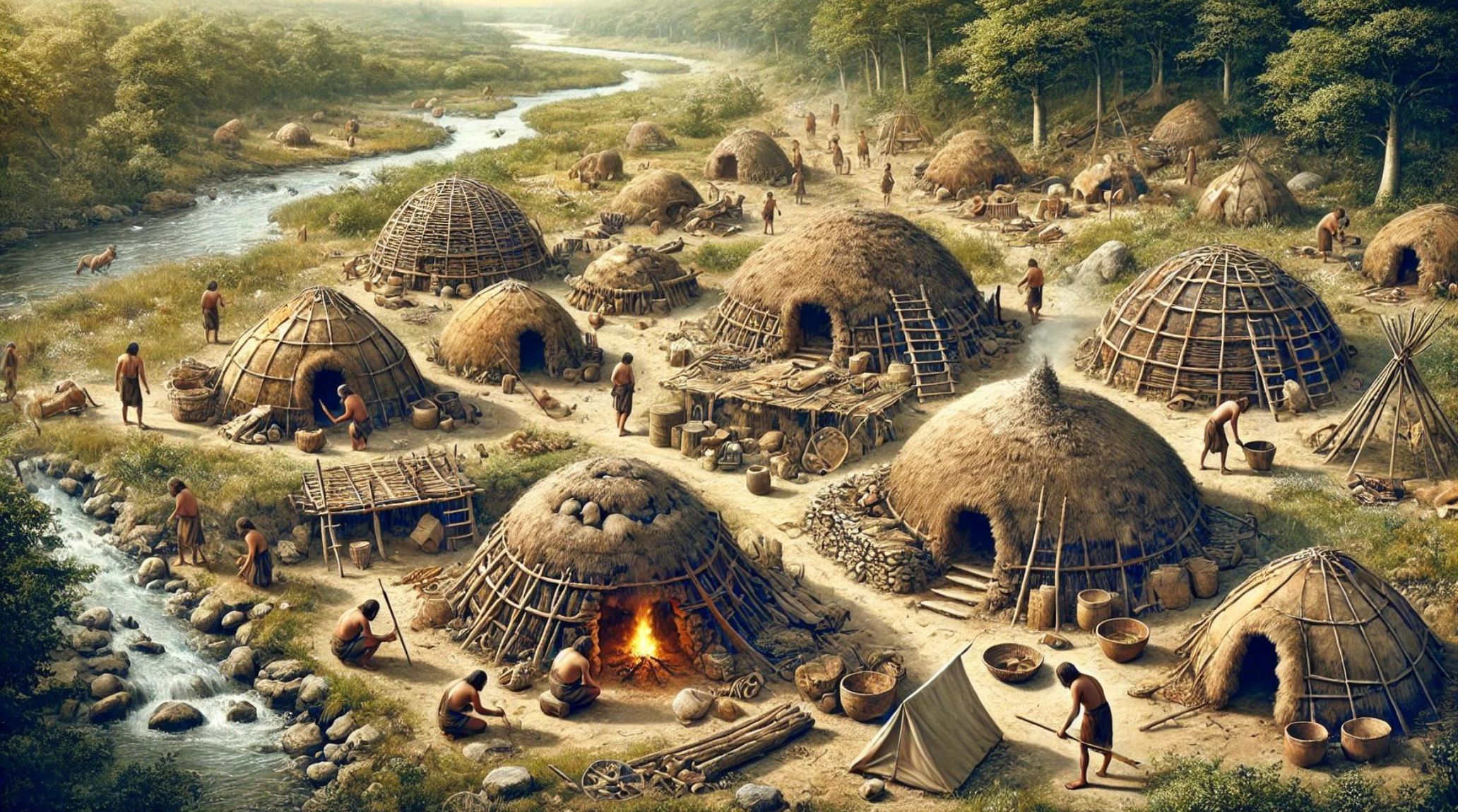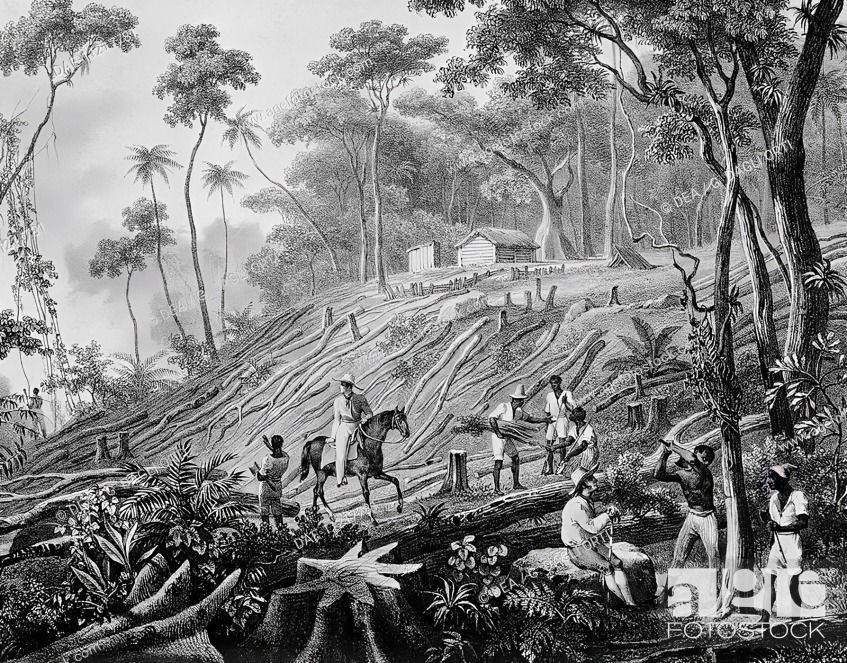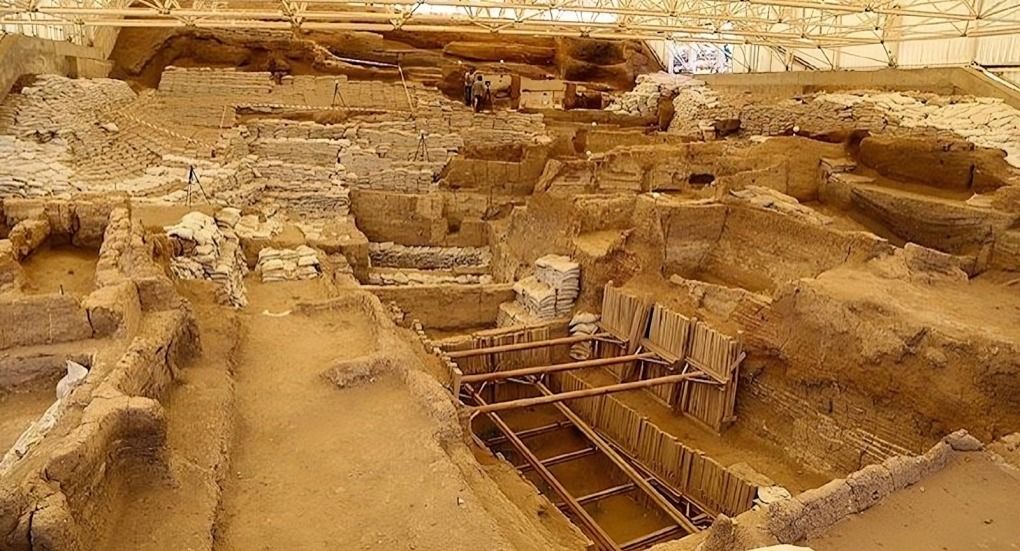
“
The transition from the Mesolithic to Neolithic marked one of the most significant changes in human history. This article presents 20 key facts about this period of transformation, exploring how humans moved from a nomadic lifestyle of hunting and gathering to settled farming communities. 1
1
”

The transition from the Mesolithic to the Neolithic marked the shift from hunting and gathering to farming. This change, known as the Neolithic Revolution, allowed for more permanent settlements and stable food sources.
Domestication of plants and animals began during the transition, with early crops like wheat and barley and animals like sheep and goats being raised. This shift provided a more reliable food supply. 1
Neolithic societies developed advanced tools, such as polished stone axes and sickles, which were more efficient for farming and building. These tools reflect the growing reliance on agriculture. 2
Permanent settlements started to emerge during the Neolithic period, as people no longer needed to move constantly in search of food. Villages like Çatalhöyük in modern-day Turkey are examples of early settled communities.3
The development of pottery was a key innovation of the Neolithic period. Pottery allowed for the storage of food and water, which was crucial for settled life and long-term food preservation. 4

Neolithic people built larger, more complex structures compared to their Mesolithic predecessors. They used mud bricks, stone, and wood to construct houses, granaries, and communal buildings.
The introduction of farming led to population growth in Neolithic societies. With a stable food supply, more people could be supported, leading to larger communities. 5
The Neolithic period saw the development of social hierarchies, as surplus food allowed some people to accumulate wealth and power. This marked the beginning of social stratification in human societies. 6
During the transition, trade networks expanded as communities began exchanging surplus crops, pottery, and tools. This interdependence fostered connections between different groups. 7
Neolithic people engaged in more complex rituals and spiritual practices, as evidenced by monuments like Stonehenge. These structures suggest a growing interest in religion and the cosmos. 8

Agriculture brought about environmental changes, as Neolithic farmers cleared forests and altered landscapes to create fields. This had lasting impacts on ecosystems and human interaction with the environment.
The introduction of farming led to changes in diet and health. While early agriculture provided more food, it also resulted in a less varied diet and increased vulnerability to disease from animal domestication. 9
The use of woven textiles began during the Neolithic era. People used plant fibers and animal wool to create clothing, marking an important advancement in material culture.10
Neolithic farmers developed early irrigation techniques to manage water for crops. These innovations allowed for more efficient agriculture, especially in regions with seasonal rainfall.11
With the shift to agriculture, Neolithic societies began using calendars to track time and seasonal changes. This was crucial for planning planting and harvesting cycles. 12
The transition period saw the rise of communal labor, as large-scale farming and construction projects required cooperation among community members. This fostered stronger social bonds. 13

Neolithic communities often had designated burial areas, indicating the development of complex rituals surrounding death. Grave goods and ceremonial items were frequently included in burials.
Early metallurgy began in the late Neolithic, with people experimenting with copper and other metals. This laid the foundation for the Bronze Age that followed. 14
The invention of the wheel during the Neolithic was a major technological breakthrough. It revolutionized transportation and labor, allowing for more efficient movement of goods and people. 15
The transition from Mesolithic to Neolithic marked the beginning of long-term food storage, which was essential for surviving winters and times of scarcity. This allowed for greater resilience against food shortages. 16


